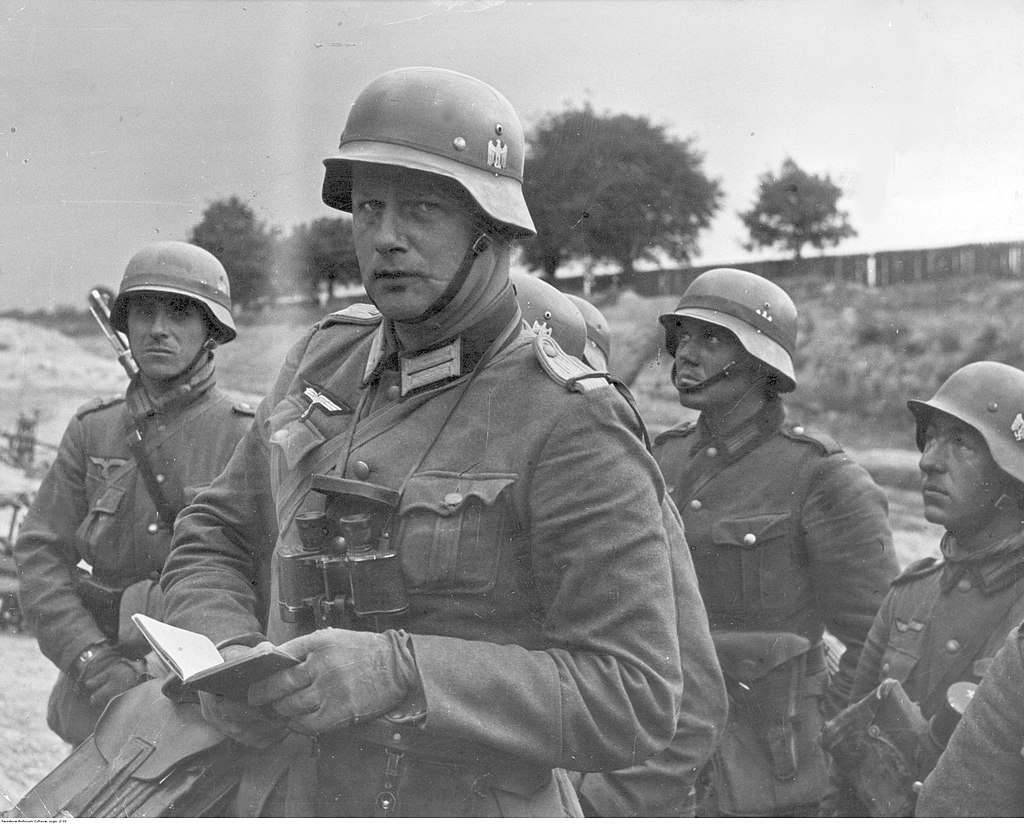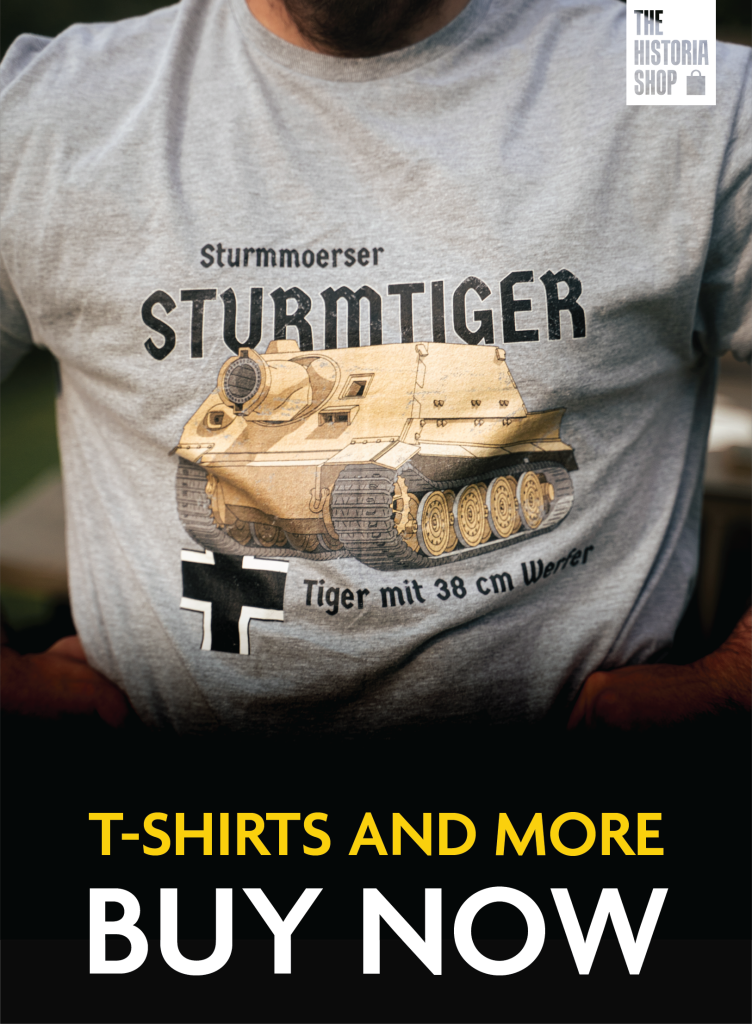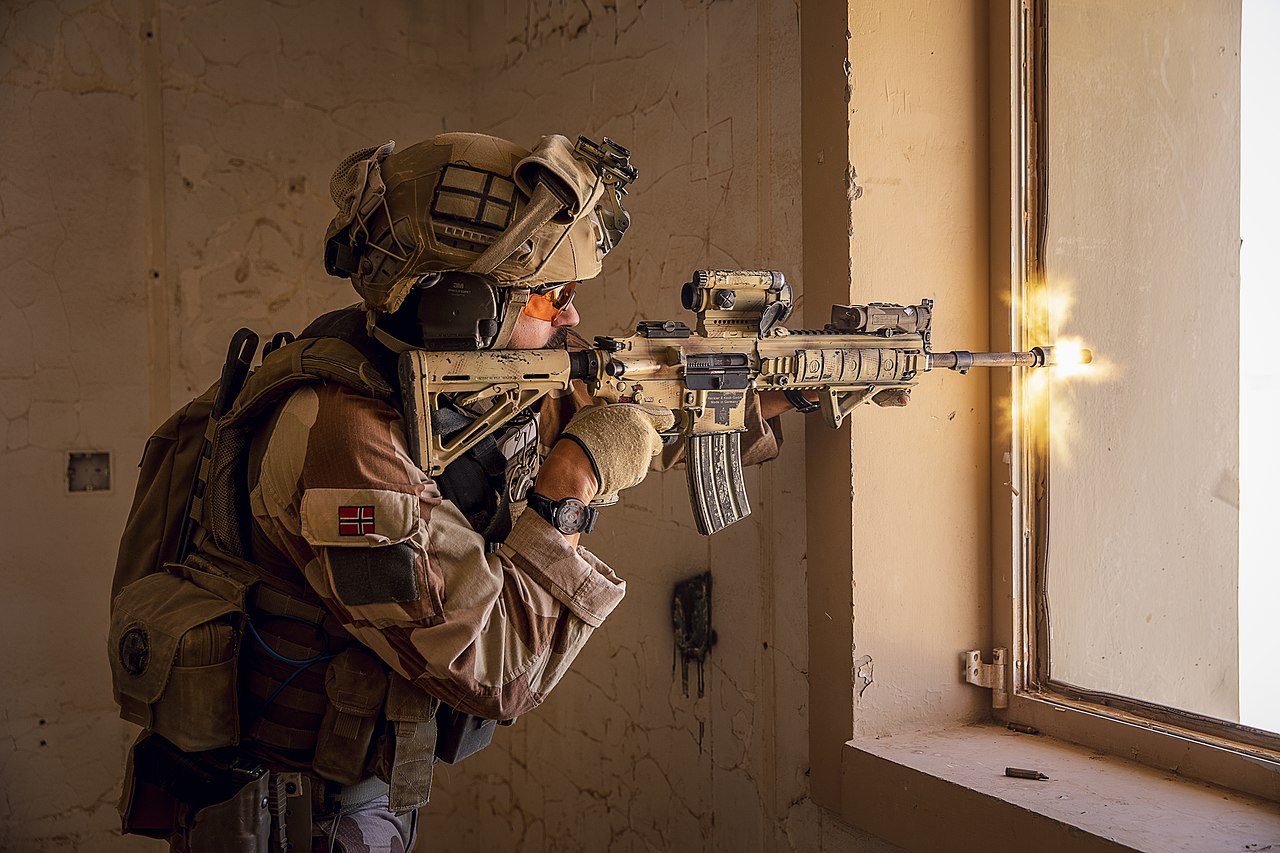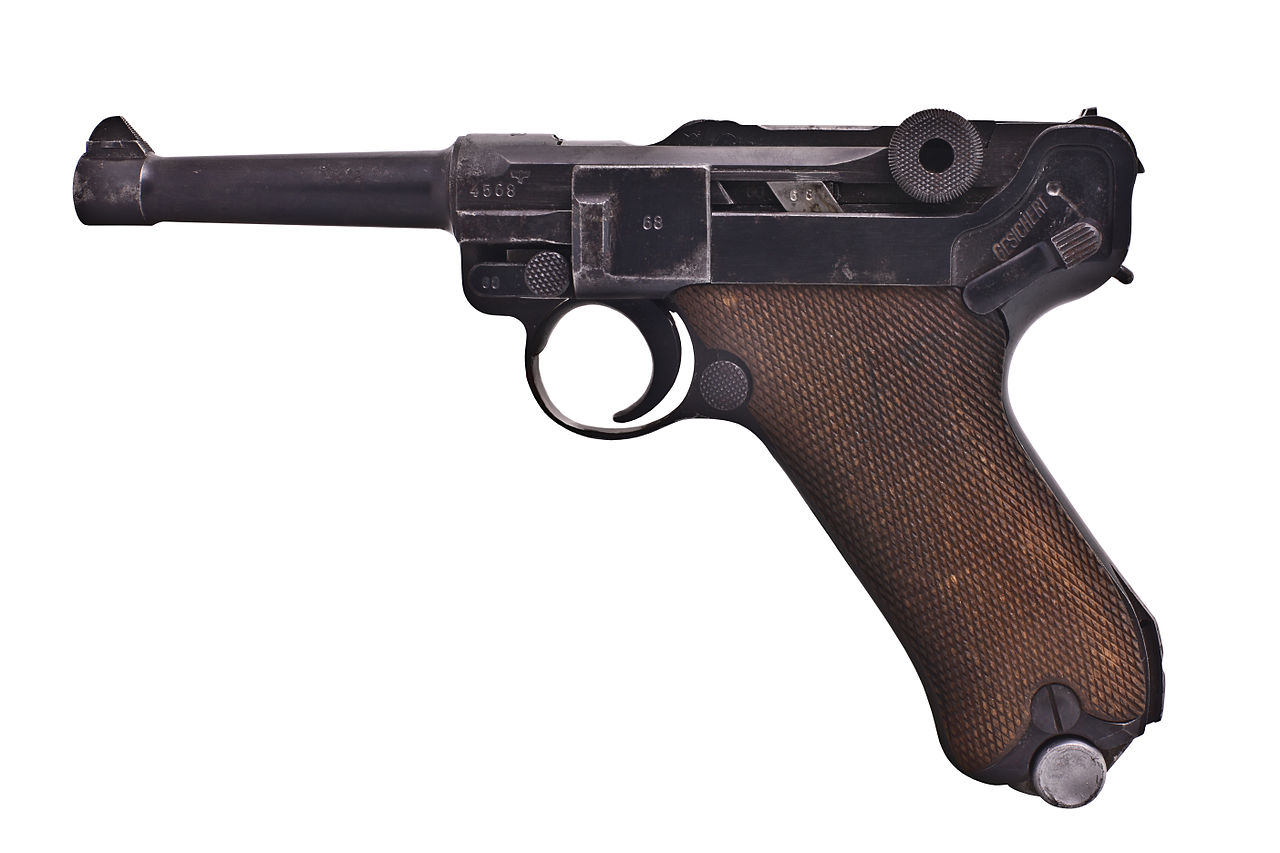The Stahlhelm, meaning “steel helmet”, has become one of the most iconic symbols of German military history. The Stahlhelm’s introduction during the First World War resulted in an immediate reduction in head injuries, and marked a significant shift in military headgear, moving away from soft caps and cloth hats to metal helmets better suited to modern combat.
It is regarded as one of the best helmet designs ever, and has influenced many of the most prominent helmets in use today, despite being designed over 100 years ago.
Contents
- Military Helmets
- Stahlhelm Development
- Impact on Military Culture
- Historical Significance
- The Gefechtshelm M92
Military Helmets
Military helmets serve as a fundamental component of a soldier’s armor, designed to protect the head against a variety of hazards that are likely to be encountered in combat. The primary purpose of military helmets has evolved significantly over centuries, adapting to advances in weaponry and changing tactics of warfare.
Today, they are multifunctional tools that safeguard soldiers while also accommodating modern military needs, including communication and sensor technology.
Read More T-Gewehr M1918 – The World’s First Anti-Tank Rifle
The most apparent and traditional purpose of a military helmet is to provide head protection from ballistic threats. This includes shrapnel from explosions, indirect debris, and, to a lesser extent, bullets. Modern helmets are crafted from advanced materials such as Kevlar, Aramid fibers, or ultra-high molecular weight polyethylene, offering significant resistance against high-velocity projectiles and fragmentation. Traditionally, helmets were made from leather or metal.
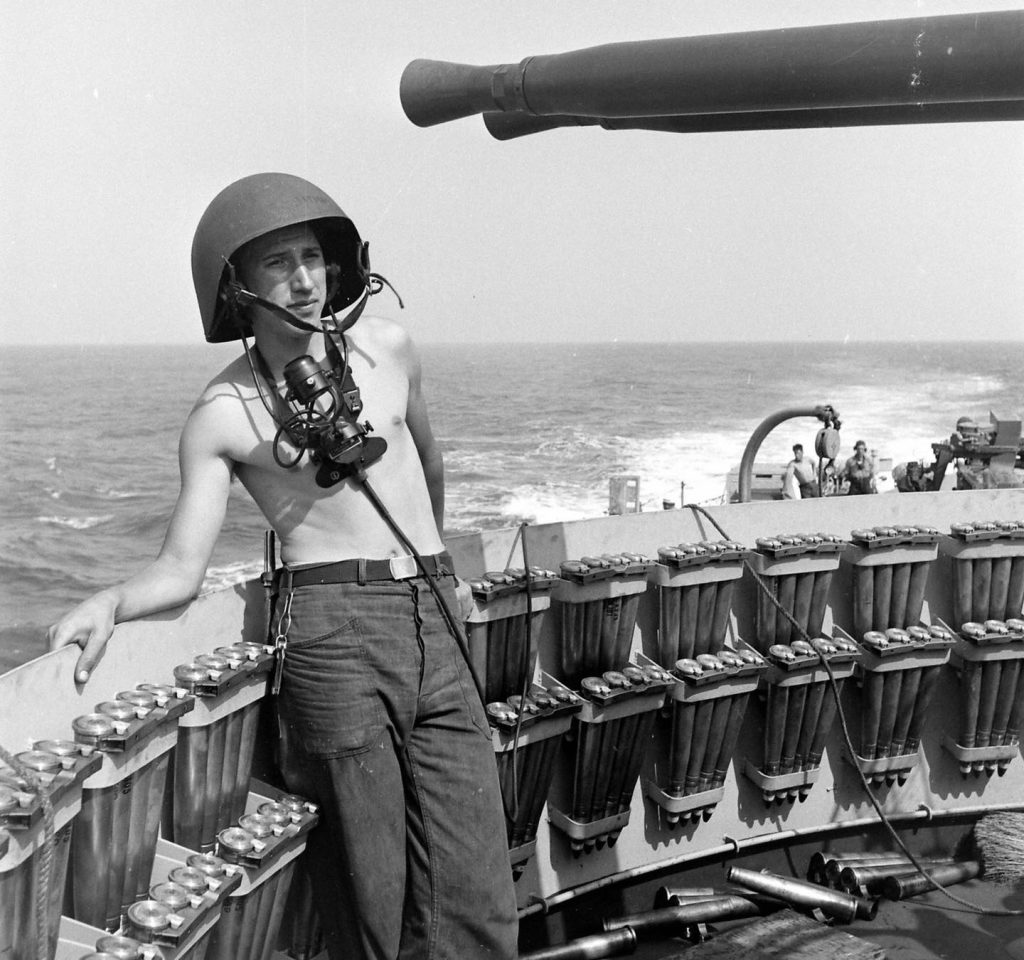
There is a misconception that helmets are designed specifically to stop bullets. While some helmets can indeed stop relatively low-power rounds, they are typically designed to stop shrapnel and debris, rather than a direct hit from a bullet.
Powerful rounds, such as those fired by rifles or large caliber guns, are usually able to penetrate a helmet with ease. Some modern helmets can stop handgun rounds.
Read More Obice 305/17: Italy’s Huge Howitzer from WWI
Aside from their protective uses, helmets can carry psychological and symbolic importance for soldiers and the societies they represent. On a personal level, helmets provide a sense of security and readiness, boosting morale and confidence in a force.
On a broader scale, helmets can symbolize the military prowess, technological sophistication, and cultural values of the armed forces they belong to. This is something that is particularly true for the Stahlhelm, as it became, and still remains a symbol of German military power.
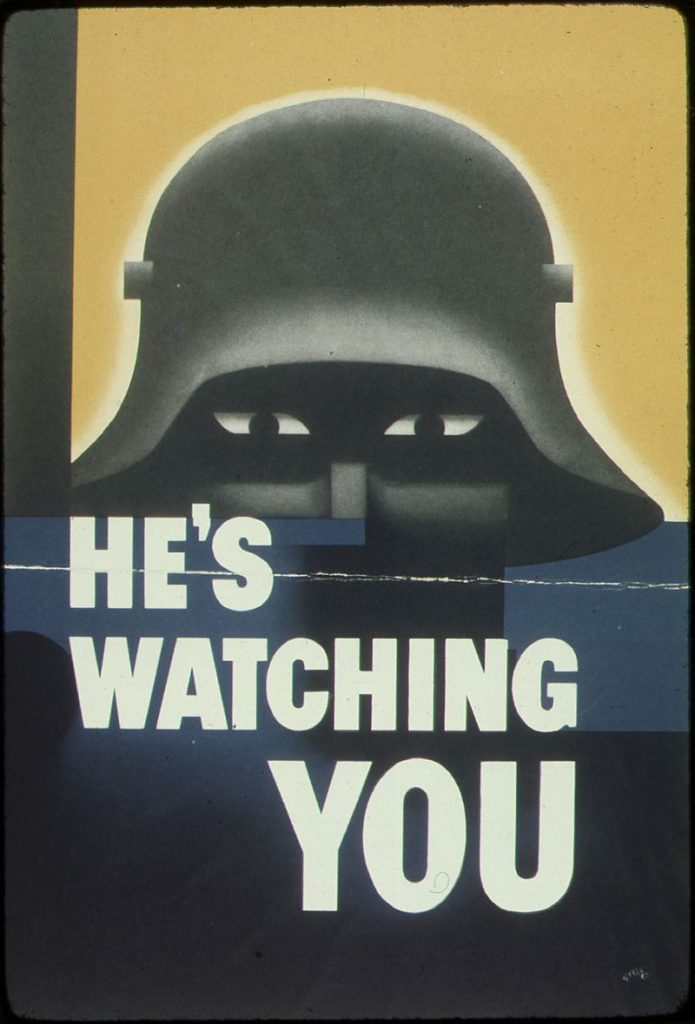
Stahlhelm Development
Origins in 1915
The necessity for the Stahlhelm emerged early in the First World War, as the nature of trench warfare and the prevalence of artillery shells caused a significant number of head injuries among soldiers. Traditional military headgear, such as the leather or cloth caps worn by many armies at the outbreak of the war, offered little protection against the fragments from explosions.
Read More Böhmerland Motorcycles Were Used in WW2
This led to the German High Command recognizing the urgent need for improved head protection. In 1915, Dr. Friedrich Schwerd of the Technical Institute of Hanover was tasked with designing a helmet that could offer better protection to soldiers. The design criteria focused on coverage, durability, and the ability to deflect shrapnel.
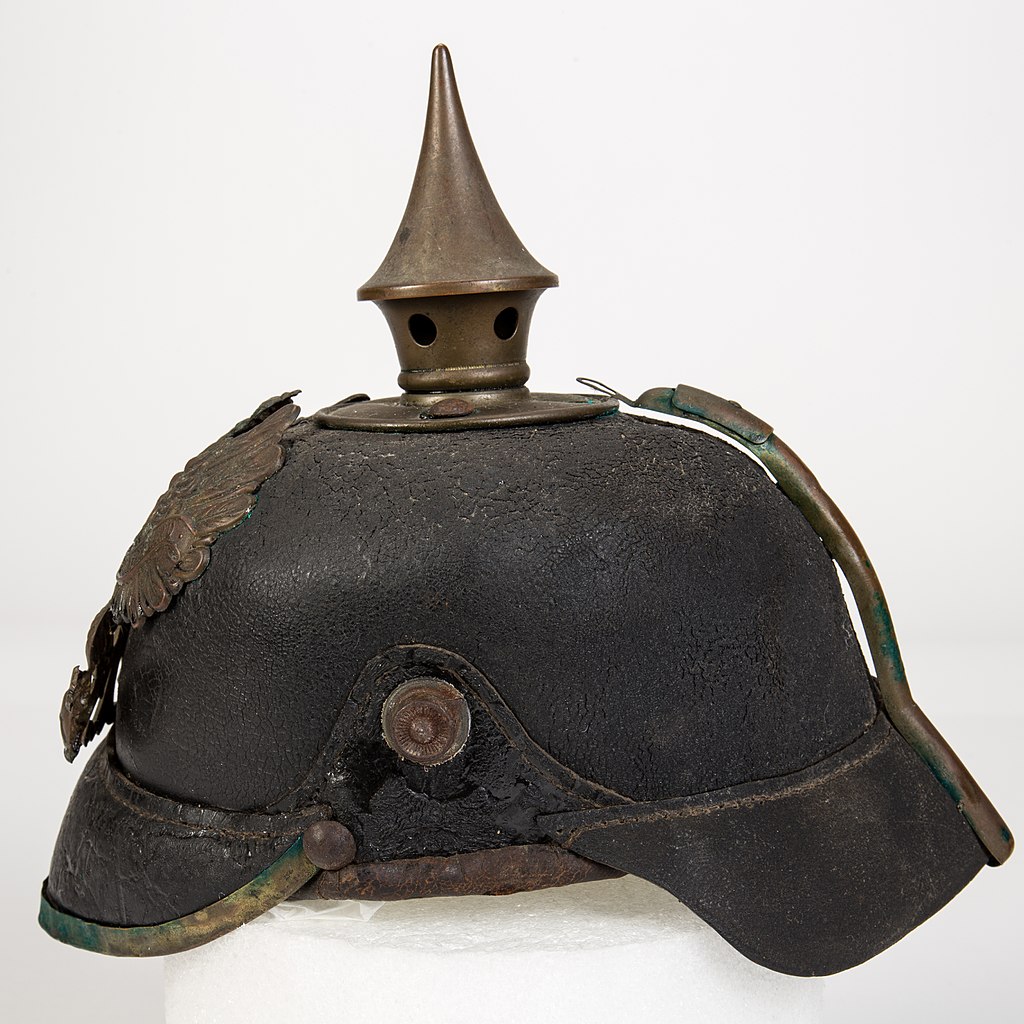
The result was the Model 1916 Stahlhelm, a radical departure from previous military headgear. As indicated by its name, it was introduced in 1916. This naming convention continued through following variants. Its distinctive “coal scuttle” shape was intended to offer maximum protection while allowing for good visibility and hearing.
The helmet featured flared sides and a protruding visor to protect the face, neck, and head from flying debris. Made from a thick gauge of steel, the M16 could absorb significant impacts, and its design was a direct response to the realities of modern industrialized warfare.
Evolution Through the Years
The Stahlhelm’s design evolved through several iterations.
The M16 established the general shape and design of the helmet that would persist through numerous generations. On the sides were two distinct lugs. These provided some ventilation for the wearer, and were the attachment points for a protective armor plate known as the Stirnpanzer, or “brow plate”.
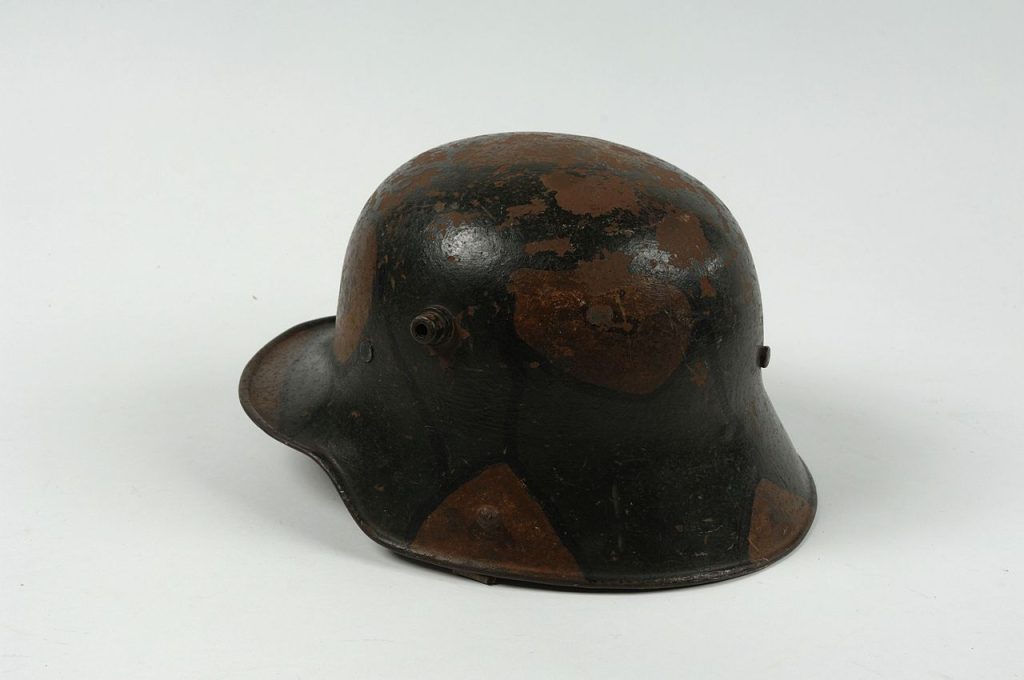
These plates increased the protection over the front of the helmet, but they were rarely used due to their 2 kg weight. The M16 itself could weigh up to 1.4 kg depending on the size. After the M16, the M18 variation was introduced in 1918, which included a cutout on the side to improve hearing and a larger size to accommodate the wearing of a cloth cap underneath for additional warmth.
The interwar years saw further refinement of the Stahlhelm design with the introduction of the M35 model in 1935, which became the standard issue for the German military during the early years of the Second World War.
Read More PSP: the Genius Behind Pierced Steel Planking
The M35 maintained the basic shape of its predecessors but included a rolled edge to reduce manufacturing complexity and improve comfort. The ventilation holes of the earlier models, which were punched directly into the helmet’s shell, were replaced with separate ventilation lugs, a change that streamlined production. These lugs were found to let in lots of cold air in winter, so were often plugged anyway.
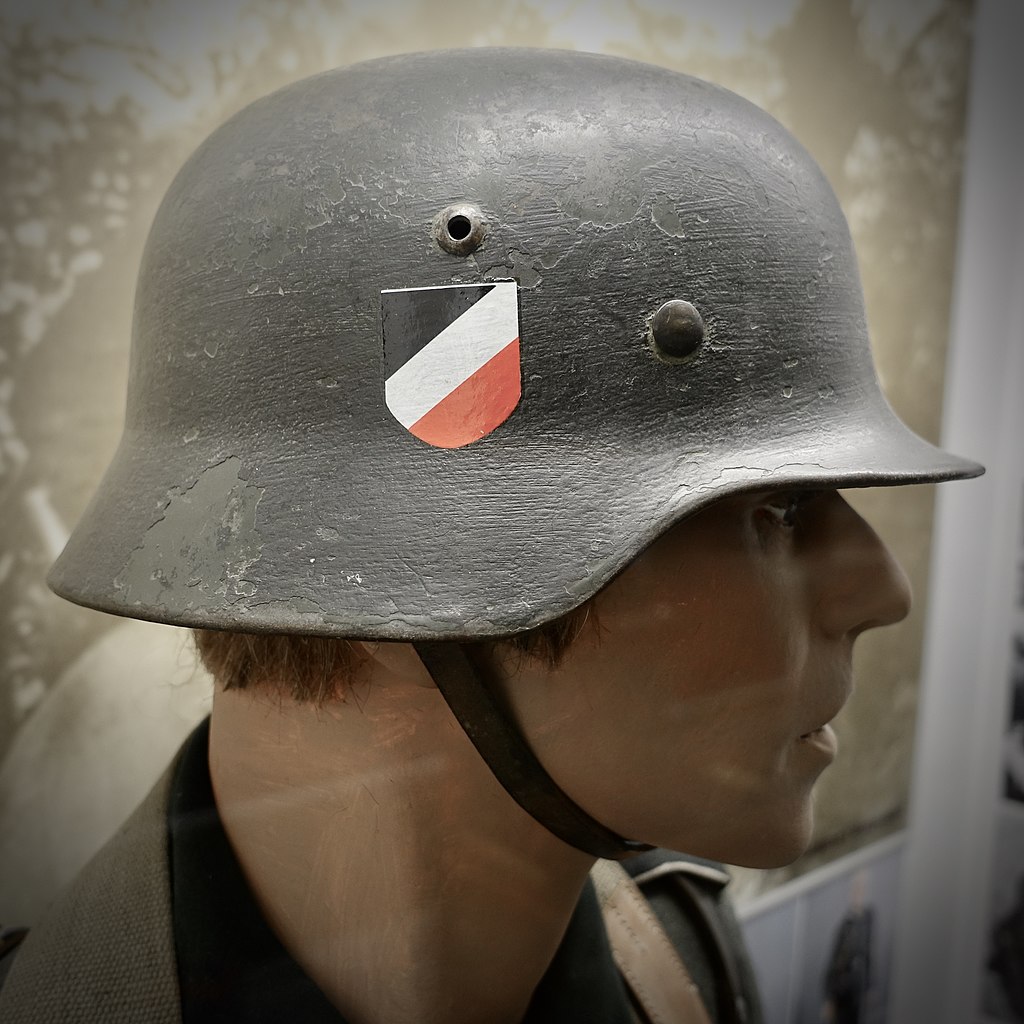
As the Second World War progressed, material shortages and the demand for more helmets led to the development of the M40 and M42 models. These models further simplified the design and manufacturing process.
The M40 eliminated the separate ventilation lugs, integrating the vent holes back into the helmet’s shell. The M42 went even further in terms of simplification by introducing a raw edge without the rolled rim, making it quicker and less costly to produce.
Read More The Paris Gun Had to Account for the Earth’s Rotation
A version without the flared sides was made for the Fallschirmjäger, German paratroopers. The sides were removed so they wouldn’t catch the fast moving air as they jumped out of aircraft, something that could, in the “wrong” conditions, cause neck injuries.
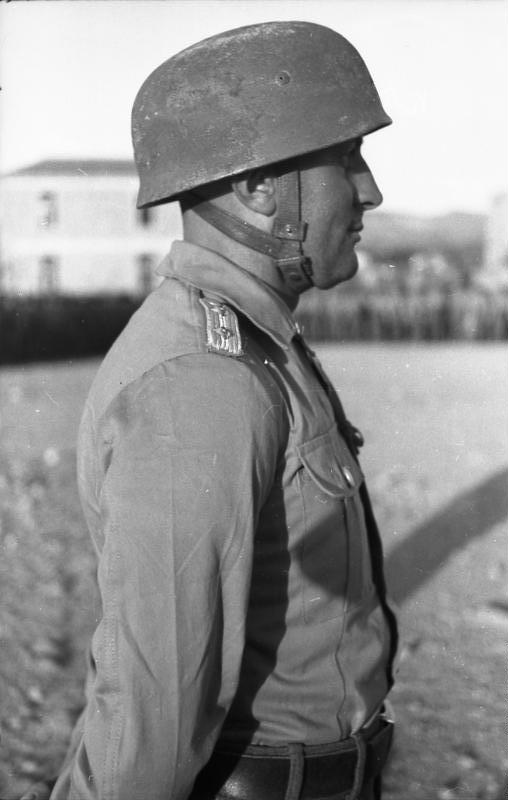
Usage
Upon its introduction in 1916, the Stahlhelm quickly led to a major reduction in head injuries reported on the front lines. As is typical with helmets, it was not capable of stopping a direct hit from a bullet, especially at close range, but was designed to deflect slower moving fragments.
Debris launched by a nearby explosion, bricks from a falling house, shrapnel from a grenade are all things that are significantly less capable of causing head injuries when a helmet is worn.
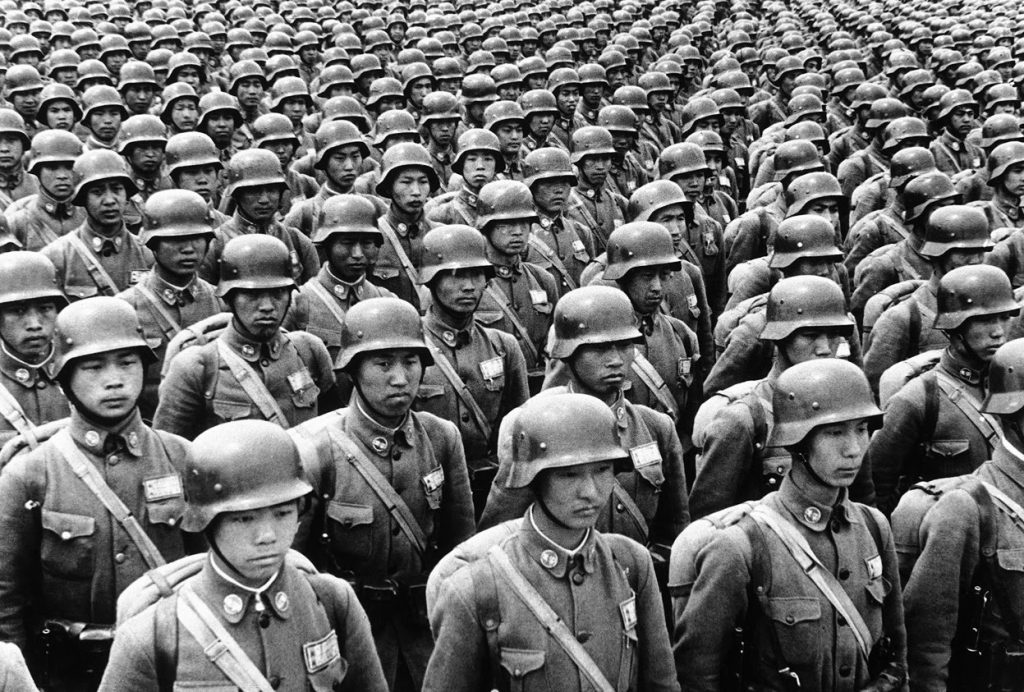
The Stahlhelm’s coverage of the head, neck and shoulds (from above) was substantial, and it is often regarded as the best helmet of the First World War, and one of the best overall helmet designs ever.
The helmet was also widely exported, with large quantities sent to China in the 1930s. These were used as the primary helmets of China’s National Revolutionary Army during the Second World War. Spain, Bolivia and Venezuela, Croatia and many more used variations of the helmet.
Even the Vietnamese Army and Viet Cong used post-war versions of the helmet during the Vietnam War.
Impact on Military Culture
The Stahlhelm transcended its role as protective gear to become a powerful symbol of German militarism and national identity. Its distinctive silhouette was featured prominently in propaganda materials, aiming to instill a sense of pride and strength in the German populace.
Read More Fahrpanzer Turreted Mobile Gun From the 1800s
However, the helmet’s symbolism was double-edged; it also came to be associated with the aggression of the German military campaigns and the ideologies of the Nazi regime during the Second World War. In the post-war period, the Stahlhelm’s image was contentious, with both a legacy of military innovation and a reminder of the dark chapters of 20th-century history.

Post-World War II Usage and Modifications
After the conclusion of the Second World War, the Stahlhelm continued to see use in various forms around the world, testament to its effective design. In the immediate post-war years, the occupying Allied forces in Germany repurposed existing stocks of Stahlhelms for new uses, such as for policing duties.
This use highlighted the helmet’s great design even among former adversaries. Furthermore, the Stahlhelm was adopted or adapted by several other nations during the Cold War period, with countries in Europe, the Middle East, and South America utilizing the helmet for their armed forces. These adaptations often included modifications to fit different military needs and preferences.
Influence on Military Helmets
The Stahlhelm design had a profound influence on the development of military helmets worldwide. Its distinctive silhouette, with features designed to offer maximum protection and comfort, became a benchmark for future helmet designs.
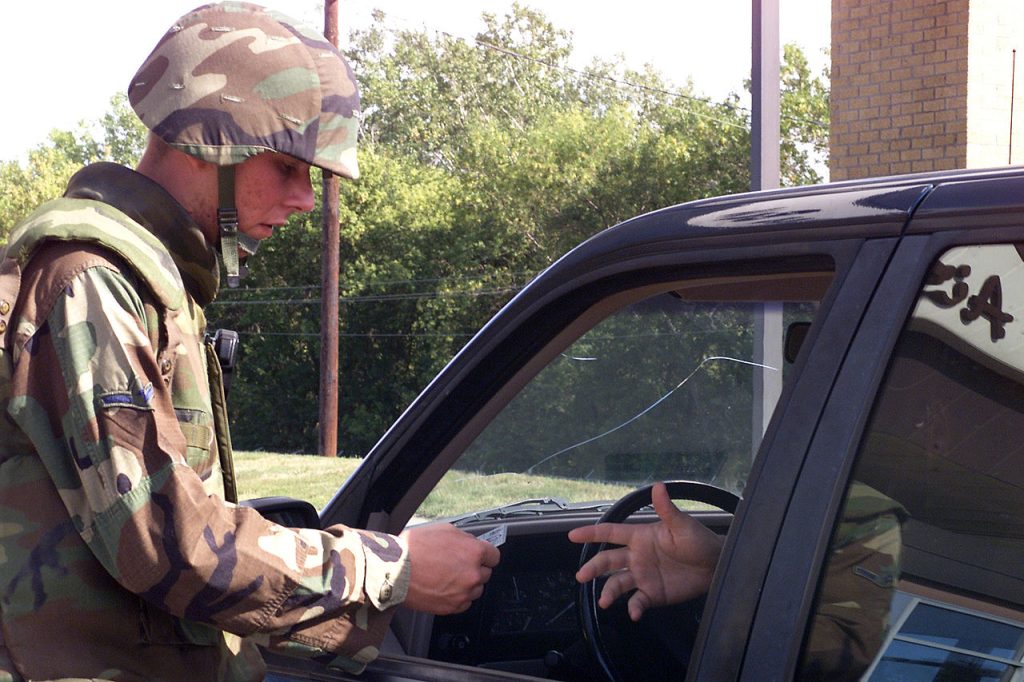
The integration of features such as flared edges to protect the neck and a visor for the face set new standards in helmet design, principles that can be seen in many modern military helmets today. For instance, the American PASGT (Personnel Armor System for Ground Troops) helmet, introduced in the 1980s, and its successors, bear a resemblance to the Stahlhelm in terms of their general shape and purpose.
Read More Schwellenpflug the Rail Wolf was Effective
In fact, the PASGT was nicknamed “Fritz” by many, due to its similarities with the German Stahlhelm.
Historical Significance
Beyond its practical impact, the Stahlhelm holds a significant place in cultural and historical contexts. It has become an iconic symbol of German military history, recognized around the world for its distinctive design and the historical periods it represents.
In museums, collections, and memorials, the Stahlhelm serves as a tangible link to the past, helping to educate and remind current and future generations of the complexities of war.
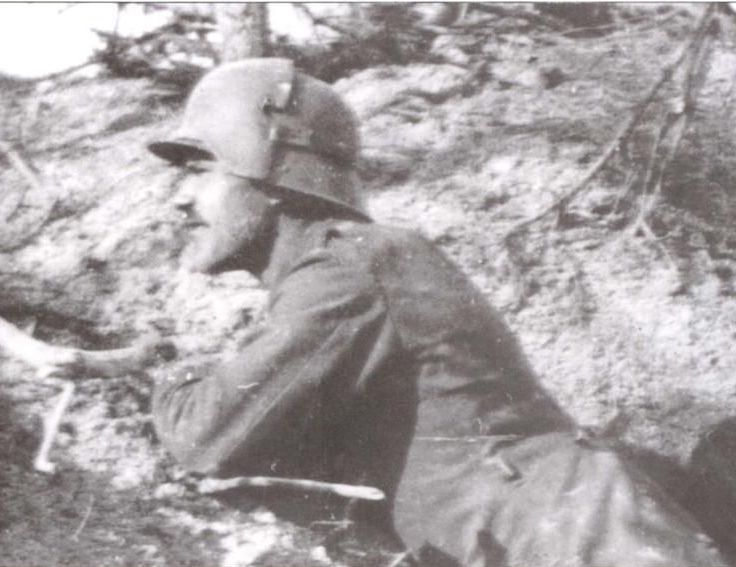
However, the helmet also carries with it the burden of history, associated as it is with the aggressive militarism of the World Wars and the ideologies of the Nazi regime. Its depiction in films, literature, and art often invokes these dual aspects, reflecting on the heroism and tragedy of the individual soldiers as well as the broader consequences of nationalism and war.
Read More Pak 38 Was First Used in Operation Barbarossa
This association has actually resulted in them becoming a prized collectors item, with some rarer examples going for upwards of $20,000. Interestingly, those linked to the SS and other morbid Nazi organisations often fetch a higher price.
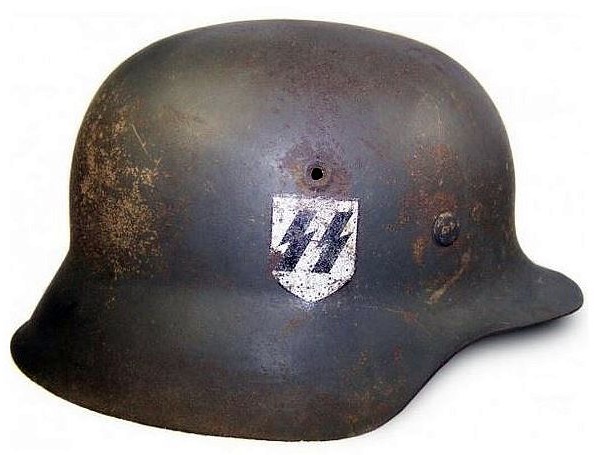
The Gefechtshelm M92
The Stalhhelm still lives on today in the German military in the form of the Gefechtshelm M92. The Gefechtshelm M92 is the standard combat helmet of the German Armed Forces (Bundeswehr). Introduced in the early 1990s, it replaced the older steel helmets that were used throughout the Cold War era, marking a significant step forward in terms of technology, design, and protection for German soldiers.
The Gefechtshelm M92 is constructed from advanced aramid fiber composites, which provide a high level of ballistic protection while minimizing weight. The use of these materials represents a departure from the steel helmets of the past, offering enhanced protection against shrapnel, ballistic projectiles, and blunt force impacts.
Read More Homing Pigeons Saved Thousands of Lives
The helmet’s design is focused on a balance between protection, comfort, and utility, incorporating features that allow for the integration of communication systems, night vision devices, and other head-mounted equipment.
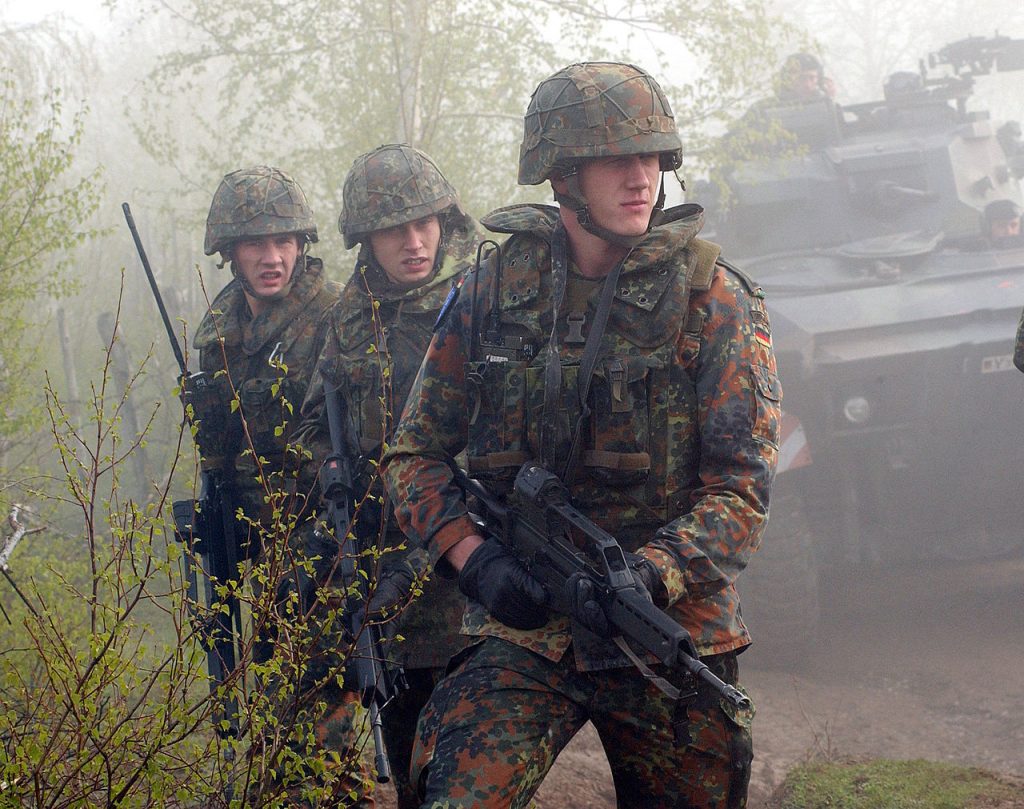
The M92’s distinctive shape is still generally the same as the original Stahlhelm, designed to offer improved coverage for the head and neck while maintaining a low profile, to minimize the target area.
Protection and Comfort
The aramid fibers used in the construction of the M92 provide a level of ballistic protection that is significantly higher than the older Stahlhelm steel helmets, without a corresponding increase in weight. This is crucial for soldier endurance and mobility, as heavy equipment can lead to fatigue and reduced combat effectiveness over time. The helmet includes a padded interior for added comfort and shock absorption, along with an adjustable suspension system that ensures a secure fit for various head sizes.
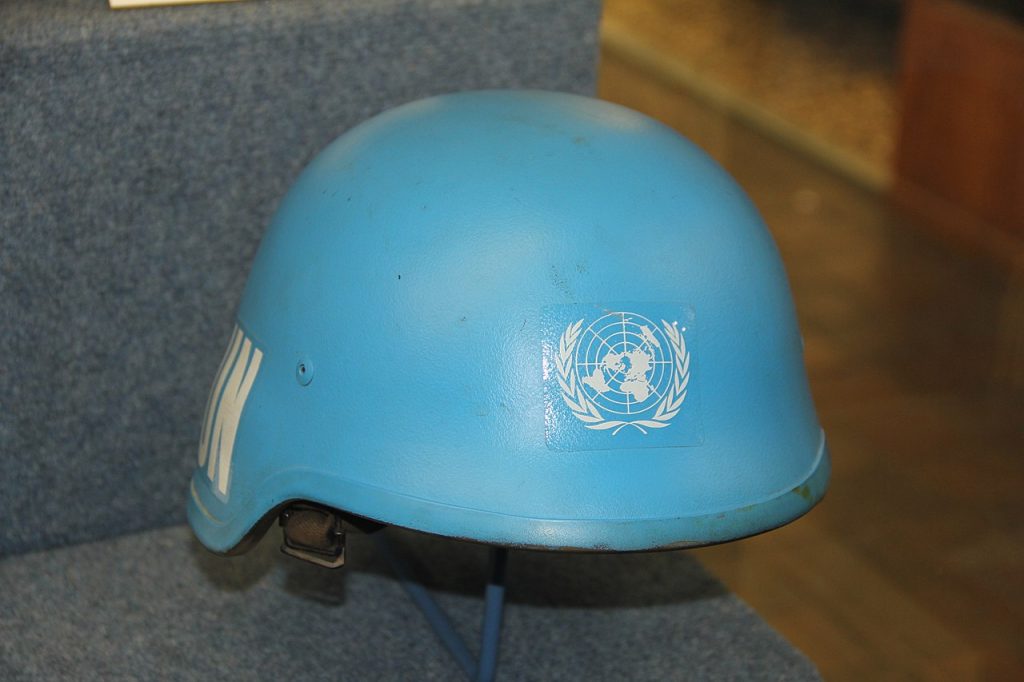
Recognizing the importance of technology and communication on the modern battlefield, the M92 helmet is designed to be compatible with a range of accessories. This includes mounts for night vision goggles (NVGs), rails for attaching lights or cameras, and the ability to integrate with various communication headsets. This allows soldiers to customize their helmets based on the mission requirements.
Service
Since its introduction, the Gefechtshelm M92 has seen extensive service with the German Armed Forces in various international deployments, including peacekeeping missions and combat operations. Its performance in these diverse environments has validated the design choices made during its development, demonstrating the helmet’s effectiveness in providing protection and functionality in a wide range of conditions.
Read More Germany’s Gigantic Flak Tower Bunkers
It maintains the line of world-leading German helmet design that originated back in the First World War with the Stahlhelm.
